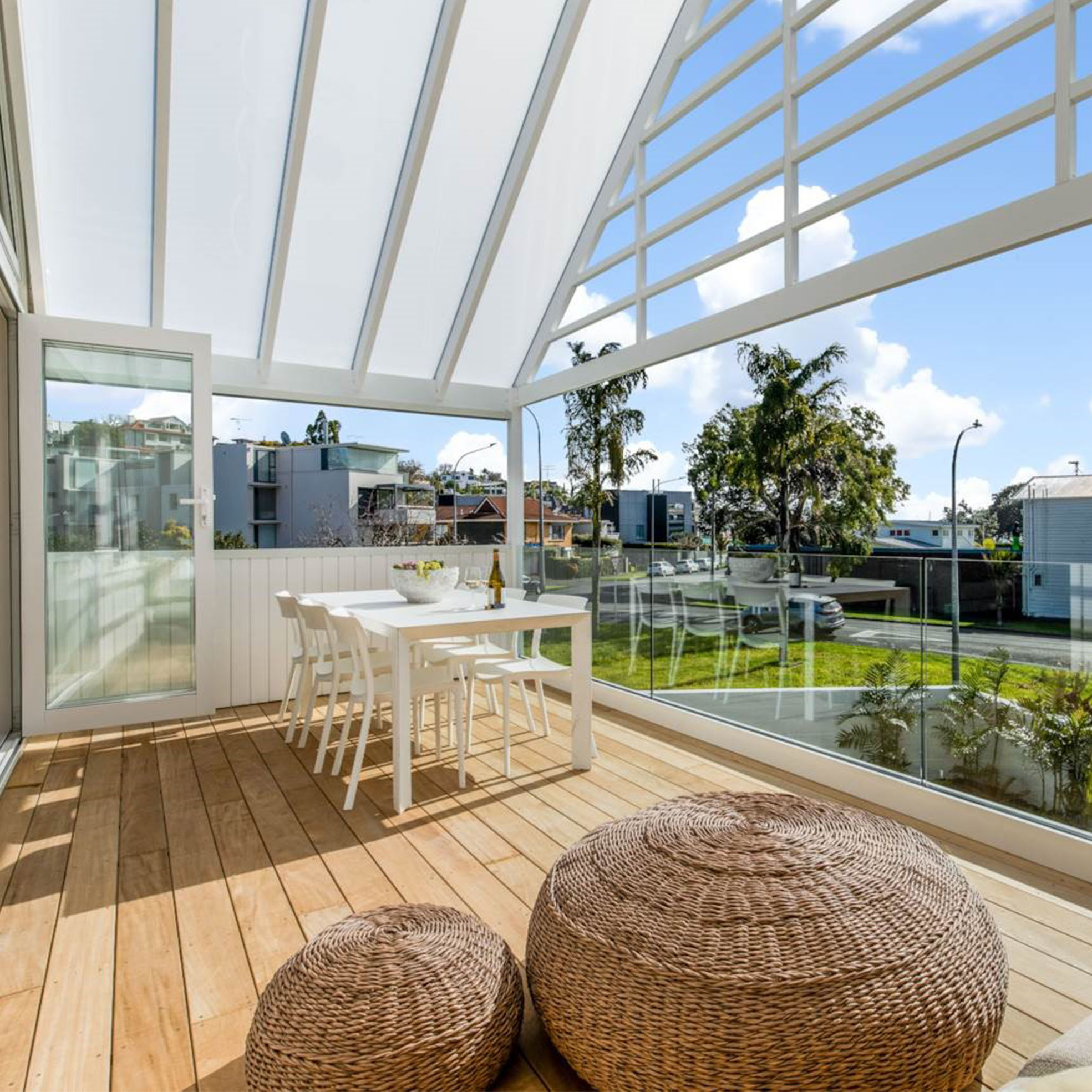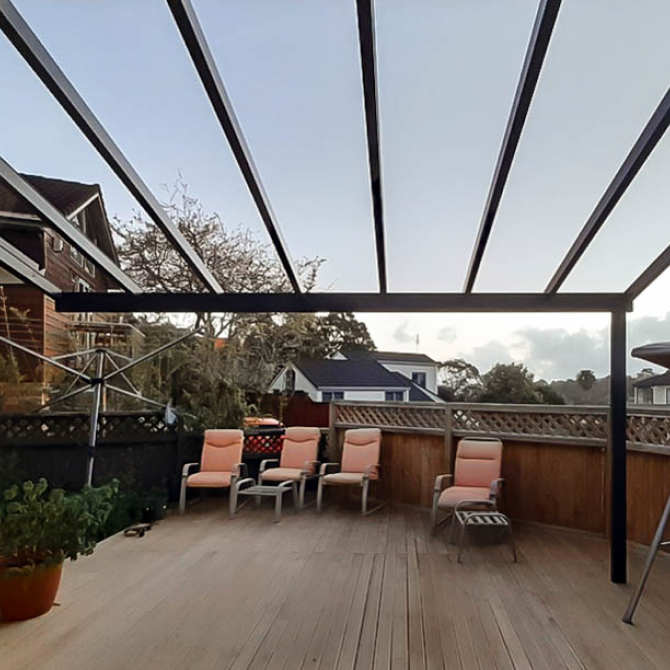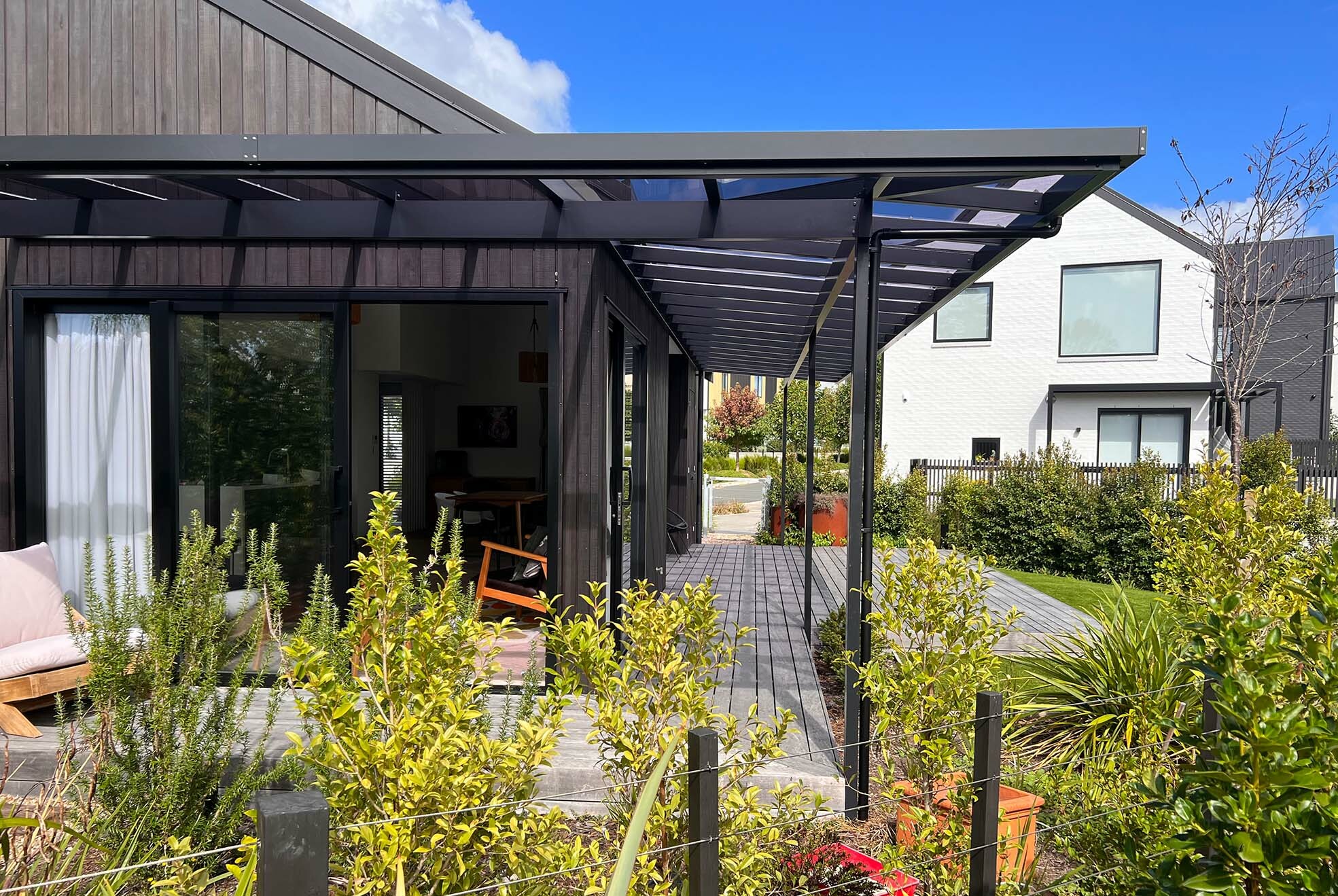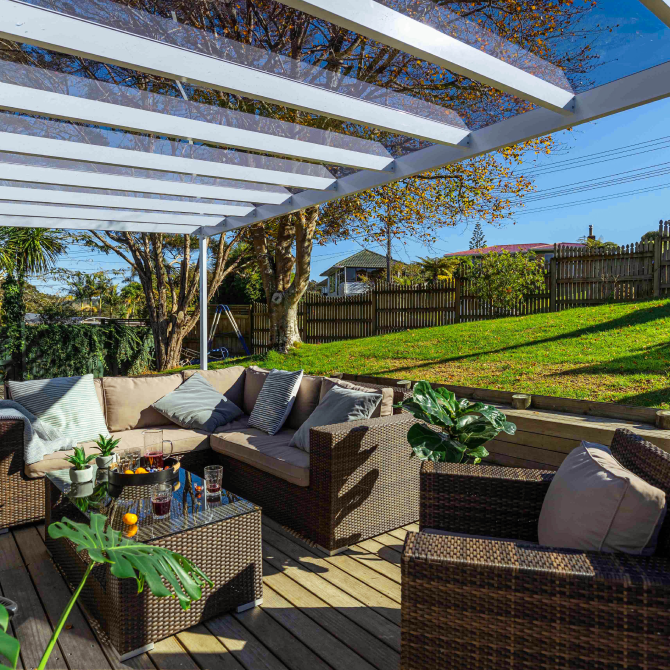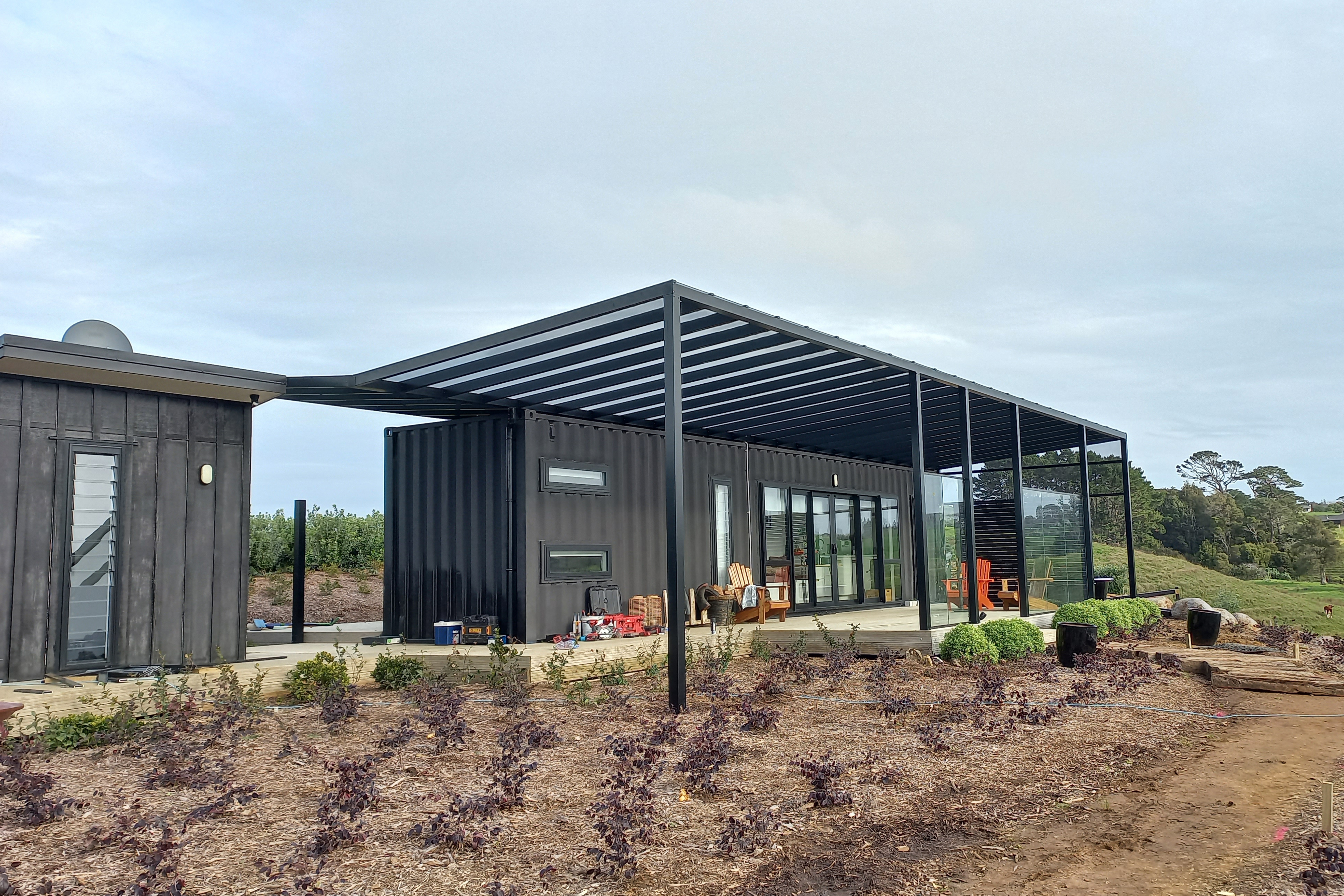Choosing the Right Pergola for Your Climate: Materials and Design Considerations
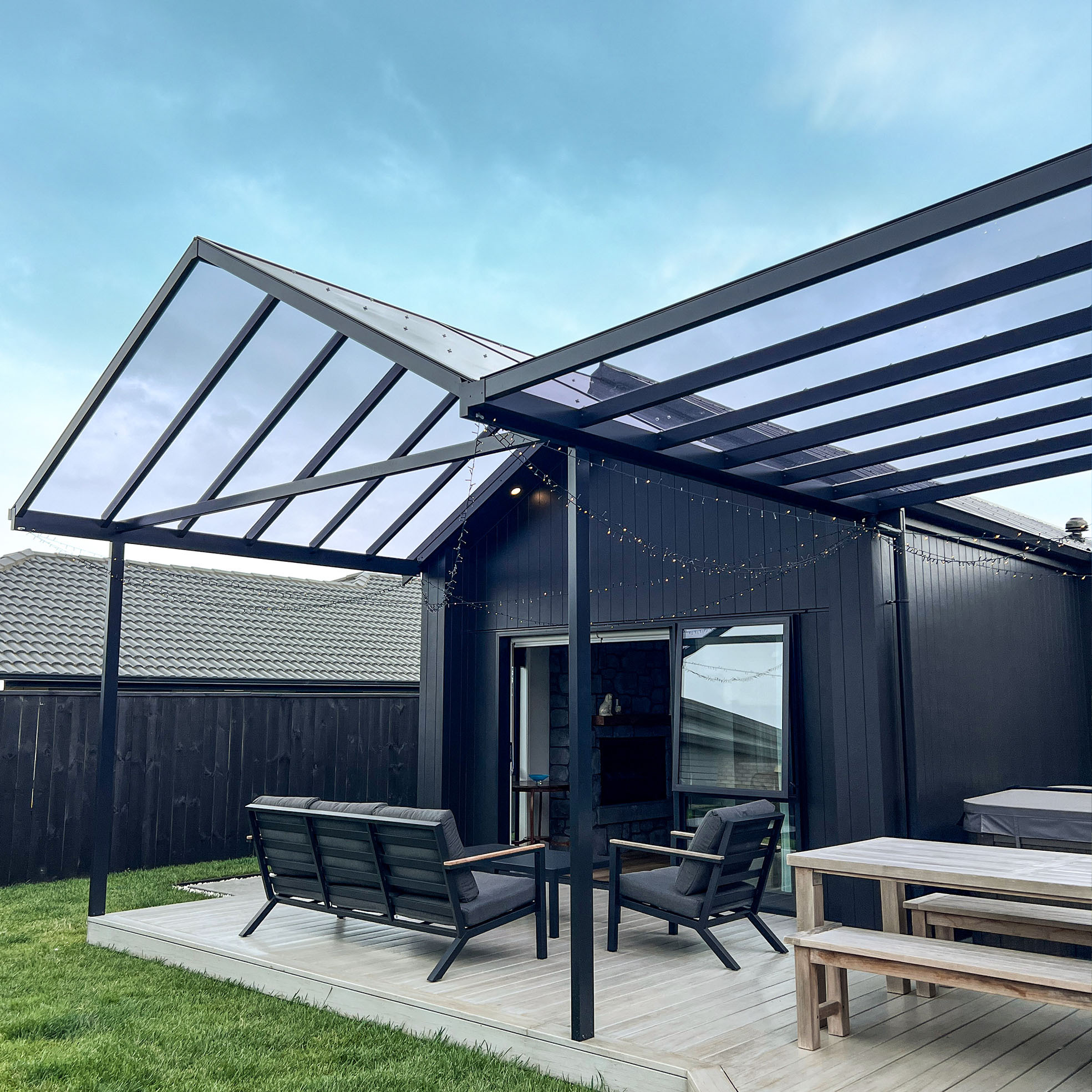
Understanding Climate Impacts on Pergola Materials
When choosing a pergola for your outdoor space, it's crucial to consider the specific climate conditions of your area. Different climates - whether humid, dry, coastal, or cold - have varied effects on pergola materials. In a city like Auckland, with its diverse weather patterns, selecting the right material is key to ensuring your pergola's longevity and functionality. Materials like metal, aluminium, and fibreglass each react differently to elements like moisture, temperature fluctuations, and sun exposure. Understanding these reactions is essential in making an informed decision.
Metal Pergolas: Durability and Modernity
Metal pergolas, typically made from materials like steel, offer a durable and modern alternative to wood. They are particularly suitable for areas with variable weather conditions, common in parts of New Zealand. Aluminium, being rust-resistant and lightweight, is ideal for coastal areas where salt spray and high humidity are prevalent. Steel, though heavier, provides robustness and can be powder-coated for extra protection against rust and corrosion.
Aluminium Pergolas: The Best Choice
When considering pergolas for particularly harsh or variable climates, aluminium emerges as an exceptionally viable material. Its natural resilience to corrosion and rust makes it an ideal choice for Auckland’s coastal areas, where salt spray and high humidity are common. Unlike wood, aluminium does not warp, crack, or fade under extreme weather conditions, making it a low-maintenance option for those looking for longevity without the constant upkeep. Aluminium pergolas can be powder-coated in a wide range of colours, providing versatility in design while retaining their structural integrity. This coating not only enhances the pergola’s aesthetic appeal but also adds an extra layer of protection against the elements. Lightweight yet strong, aluminium pergolas offer a modern and sleek look, making them suitable for contemporary garden designs. They provide a perfect balance of durability and style, ensuring that your outdoor space remains a place of comfort and beauty, regardless of the weather.
Design Considerations for Climate Compatibility
Beyond material choice, the design of your pergola also plays a crucial role in climate compatibility. In New Zealand's varied climate, certain design features can enhance the functionality and comfort of your outdoor space. For sunnier areas, pergolas with adjustable louvres or retractable canopies offer flexibility, allowing you to control the amount of sunlight filtering through. In regions prone to rain, a pitched roof design can help with water runoff, preventing pooling and potential damage.
The orientation of your pergola is another important consideration. Positioning it to take advantage of natural wind patterns can enhance ventilation and cooling in warmer climates. In cooler regions, a pergola placed to block prevailing winds can create a more sheltered and warm environment.
Incorporating side panels or screens can provide additional protection against the elements. These can be particularly beneficial in areas with strong winds or when additional privacy is desired. For coastal areas, choosing corrosion-resistant hardware and fittings is essential to ensure the pergola's structural integrity over time.
Selecting the right pergola for your specific climate involves a careful consideration of both materials and design features. By understanding the unique challenges and advantages of your local environment, you can create an outdoor space that is both beautiful and enduring, perfectly suited to Auckland’s diverse climate conditions.



